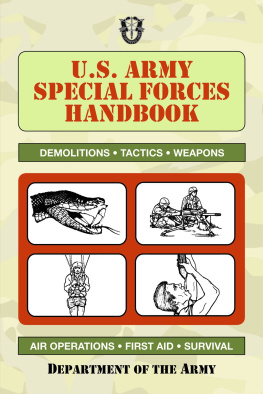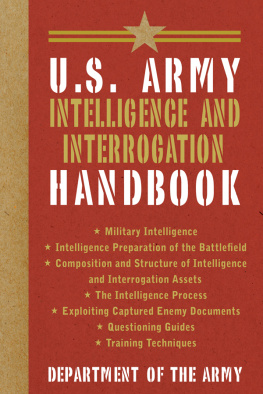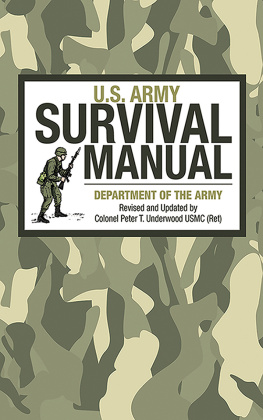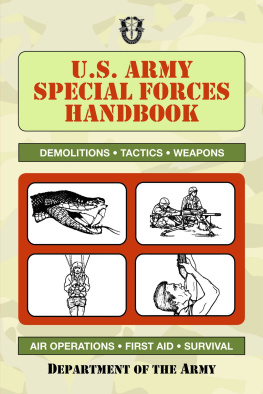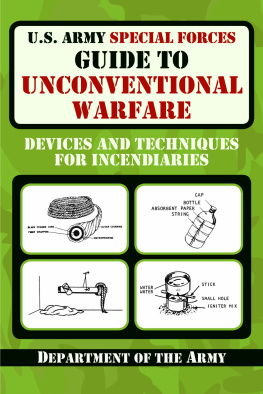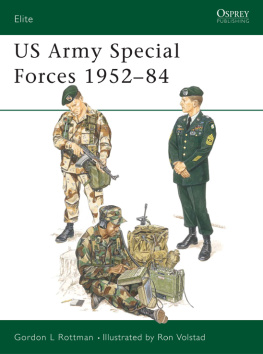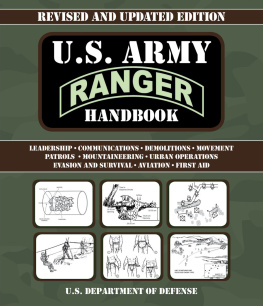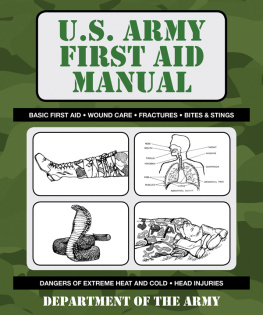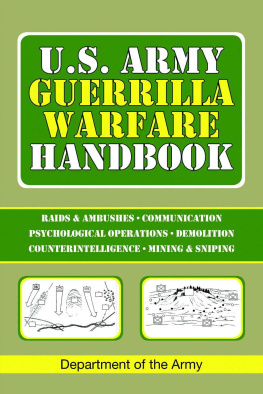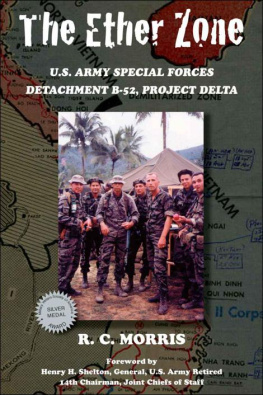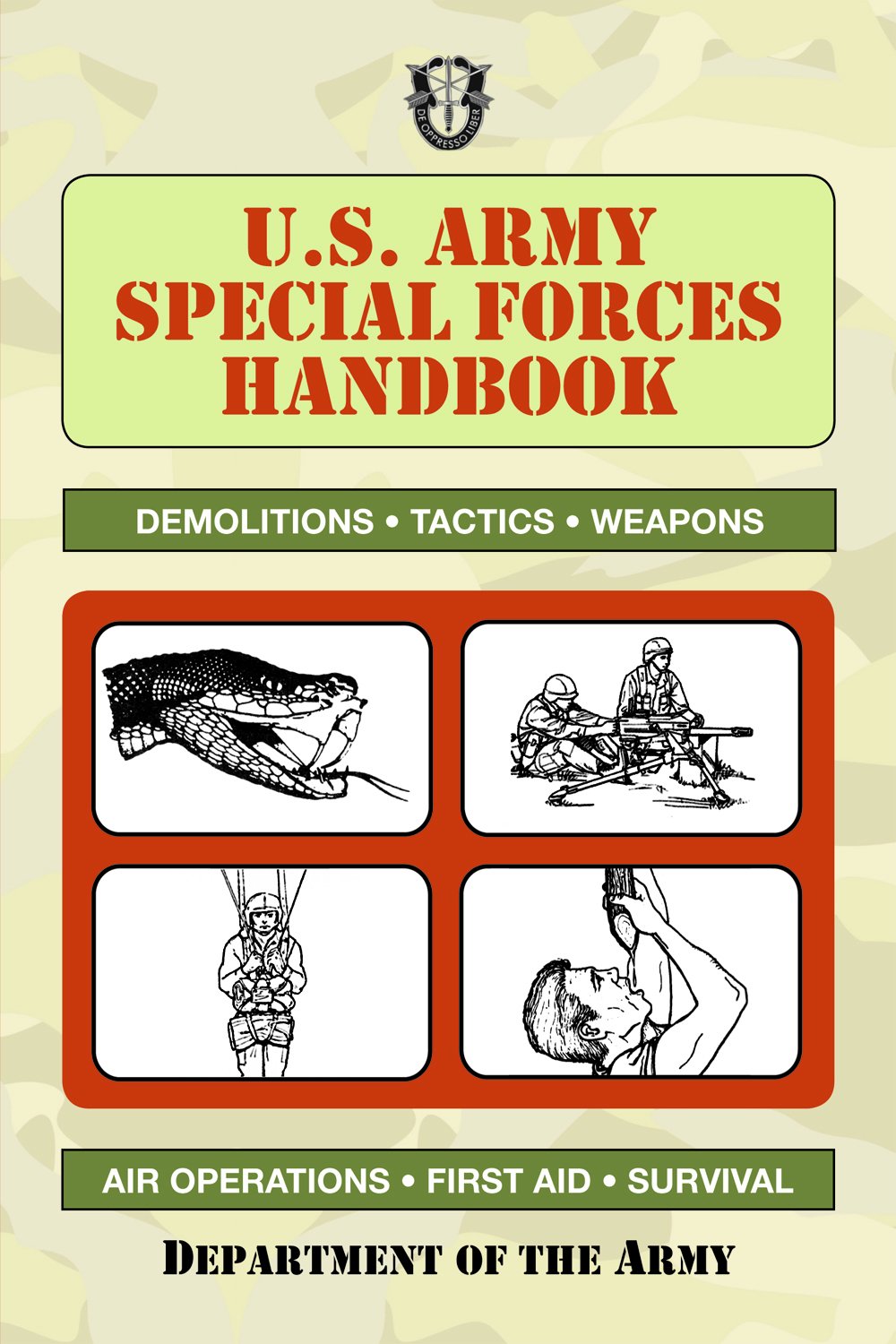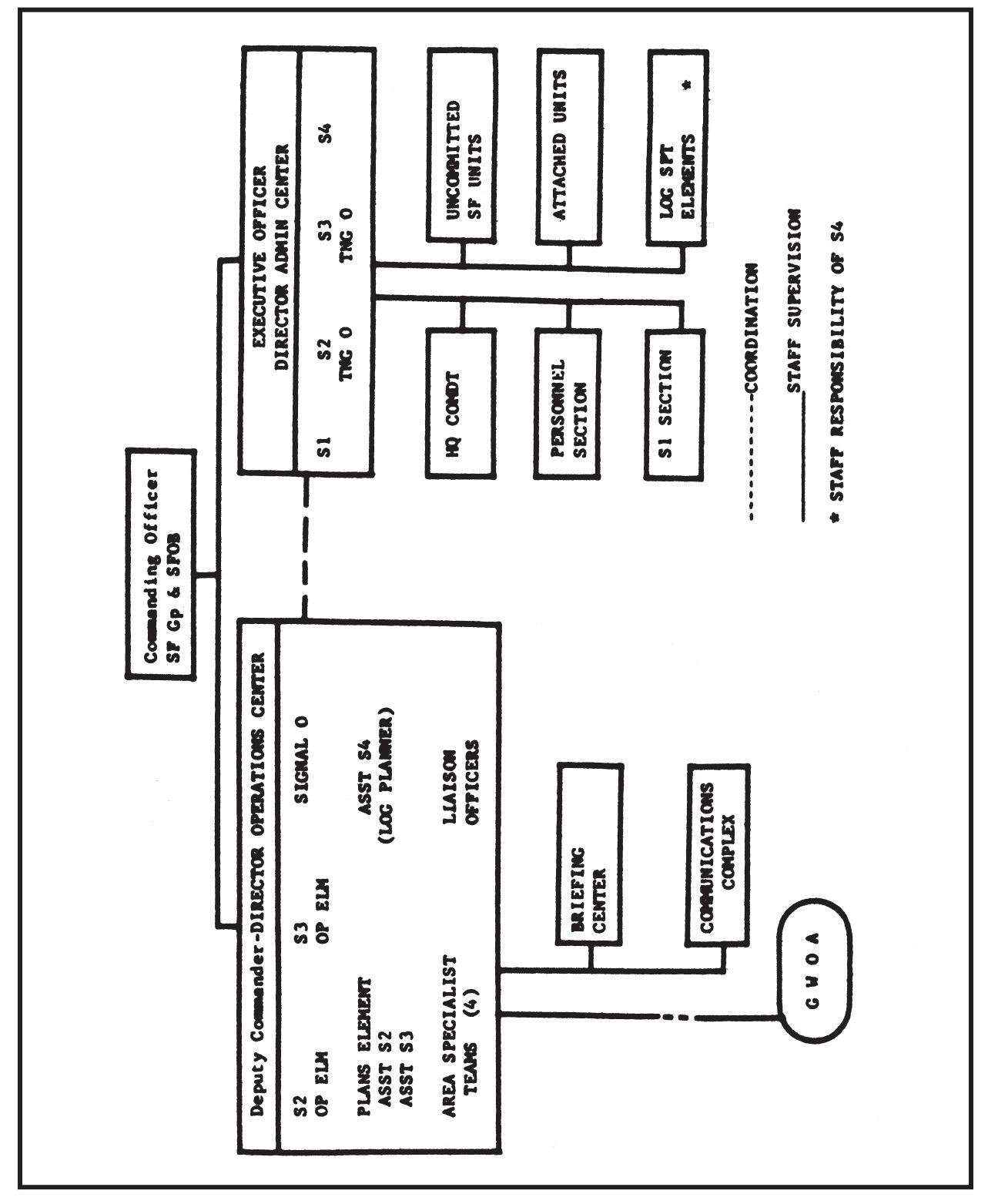Special Forces Prayer
Almighty GOD, Who art the Author of liberty and the Champion of the oppressed, hear our prayer.
We, the men of Special Forces, acknowledge our dependence upon Thee in the preservation of human freedom.
Go with us as we seek to defend the defenseless and to free the enslaved.
May we ever remember that our nation, whose motto is In God We Trust, expects that we shall acquit ourselves with honor, that we may never bring shame upon our faith, our families, or our fellow men.
Grant us wisdom from Thy mind, courage from Thine heart, strength from Thine arm, and protection by Thine hand. It is for Thee that we do battle, and to Thee belongs the victors crown.
For Thine is the kingdom, and the power and glory, forever, AMEN.
CHAPTER 1
GENERAL
I. MISSION OF SPECIAL FORCES:
- To plan and conduct unconventional warfare operations in areas not under friendly control.
- To organize, equip, train, and direct indigenous forces in the conduct of guerrilla warfare.
- To train, advise, and assist indigenous forces in the conduct of counterinsurgency and counterguerrilla operations in support of U.S. combat war objectives.
- To perform such other special forces missions as may be directed or as may be inherent in or essential to the primary mission of guerrilla warfare.
II. UNCONVENTIONAL WARFARE IS COMPOSED OF THE INTERRELATED FIELDS OF:
- Guerrilla warfare.
- Evasion and escape.
- Subversion against hostile states.
III. MISSIONS OF GUERRILLA FORCES:
- Primary:
- Interdict enemy lines of communication.
- Interdict enemy installations and centers of war production, and conduct other offensive operations in support of conventional military operations.
- Supporting Tasks:
- Intelligence.
- Psychological warfare.
- Evasion and escape.
- Subversion against hostile states.
ORGANIZATION OF SFG AND SFOB
IV. COMPOSITION OF OPERATIONAL DETACHMENTS:
- Operational Detachment A:
| POSITION | RANK/GRADE |
|---|
| CO | Captain |
| XO | Lt. |
| OP SGT | E-8 |
| INTEL SGT | E-7 |
| LT WPNS LDR | E-7 |
| HV WPNS LDR | E-7 |
| MED SP | E-7 |
| ASST. MED SP | E-6 |
| RAD OP SUPV | E-7 |
| RAD OP | E-5 |
| DML SGT | E-6 |
| CMBT DML SP | E-5 |
- Operational Detachment B:
| CO | Major |
| XO | Captain |
| SMAJ | E-9 |
| S1 | Captain |
| S2 | Captain |
| S3 | Captain |
| S4 | Captain |
| PREV MED SP | E-7 |
| ADM SUPV | E-6 |
| INTEL SGT | E-8 |
| OP SGT | E-8 |
| SUPPLY SGT | E-7 |
| ASST SUPPLY SGT | E-6 |
| LT WPNS LDR | E-7 |
| HV WPNS LDR | E-7 |
| DML SGT | E-7 |
| CMBT DML | E-5 |
| MEDICAL SP | E-7 |
| RAD OP SUPV | E-7 |
| RAD OPR (4) | E-5 |
- Operational Detachment C:
| CO | Lt Col |
| XO | Major |
| SMAJ | E-9 |
| S1 | Captain |
| S2 | Captain |
| S3 | Captain |
| S4 | Captain |
| ADM SUPV | E-6 |
| INTEL SGT | E-8 |
| OP SGT | E-8 |
| SUPPLY SGT | E-8 |
| ASST SUPPLY SGT | E-7 |
| RAD OP SUPV | E-7 |
| RAD OP (4) | E-5 |
| RAD REPAIRMAN | E-4 |
CHAPTER 2
TACTICS
I. ESTIMATE OF THE SITUATION
1. MISSION:
Mission assigned and analysis thereof to include sequence of task(s) to be performed and the purpose.
2. SITUATION AND COURSES OF ACTION:
- Considerations affecting possible courses of action.
- Characteristics of the area of operation: weather, terrain, other.
- Relative combat power: enemy situation and friendly situation.
- Enemy capabilities.
- Own courses of action: Who, What, When, Where, Why, and How as appropriate.
3. ANALYSIS:
- Select enemy capabilities.
- List advantages and disadvantages.
- Course of action vs enemy capabilities.
- Course of action vs enemy capabilities.
4. COMPARISON:
- Review and summary of advantages and disadvantages.
- Determination of significant advantages and disadvantages.
5. RECOMMENDATION/DECISION:
Formal statement of the course of action recommended/adopted.
OPERATION ORDER
Task Organization: Includes the task subdivisions or tactical components comprising the command and reflects the unit of organization for combat.
SITUATION:
- Enemy Forces: situation, capabilities. Indications.
- Friendly Forces: missions and locations of higher adjacent, supporting and reinforcing units.
- Attachments and Detachments: units attached to or detached from the unit issuing the order, for the operation concerned. Effective time of attachment or detachment is indicated when other than the time of the order.
MISSION:
Based on the order of the next higher headquarters and the commanders analysis of his mission, this paragraph contains a clear, concise statement of task(s) to be accomplished by the unit issuing the order and its purpose.
EXECUTION:
- Concept of Operations.
- Tactical mission of unit.
- Coordinating Instruction: Tactical instructions and details of coordination applicable to two or more elements of the command.
ADMINISTRATION AND LOGISTICS:
Matters concerning supply, transportation, service, labor, medical evacuation and hospitalization, personnel, civil affairs and miscellaneous.
COMMAND AND SIGNAL:
- Signal instructions and Information.
- Command post and location of the commander.
ANNEXES:
- Operation overlay.
- Fire support plan.
DISTRIBUTION:
II. PATROL LEADERS ORDER
SITUATION:
- Enemy forces: Weather, terrain, identification, location, activity, strength.
- Friendly Forces: Mission of next higher unit, location and planned actions of units on right and left, fire support available for patrol, mission and routes of other patrols.
- Attachments and Detachments.

